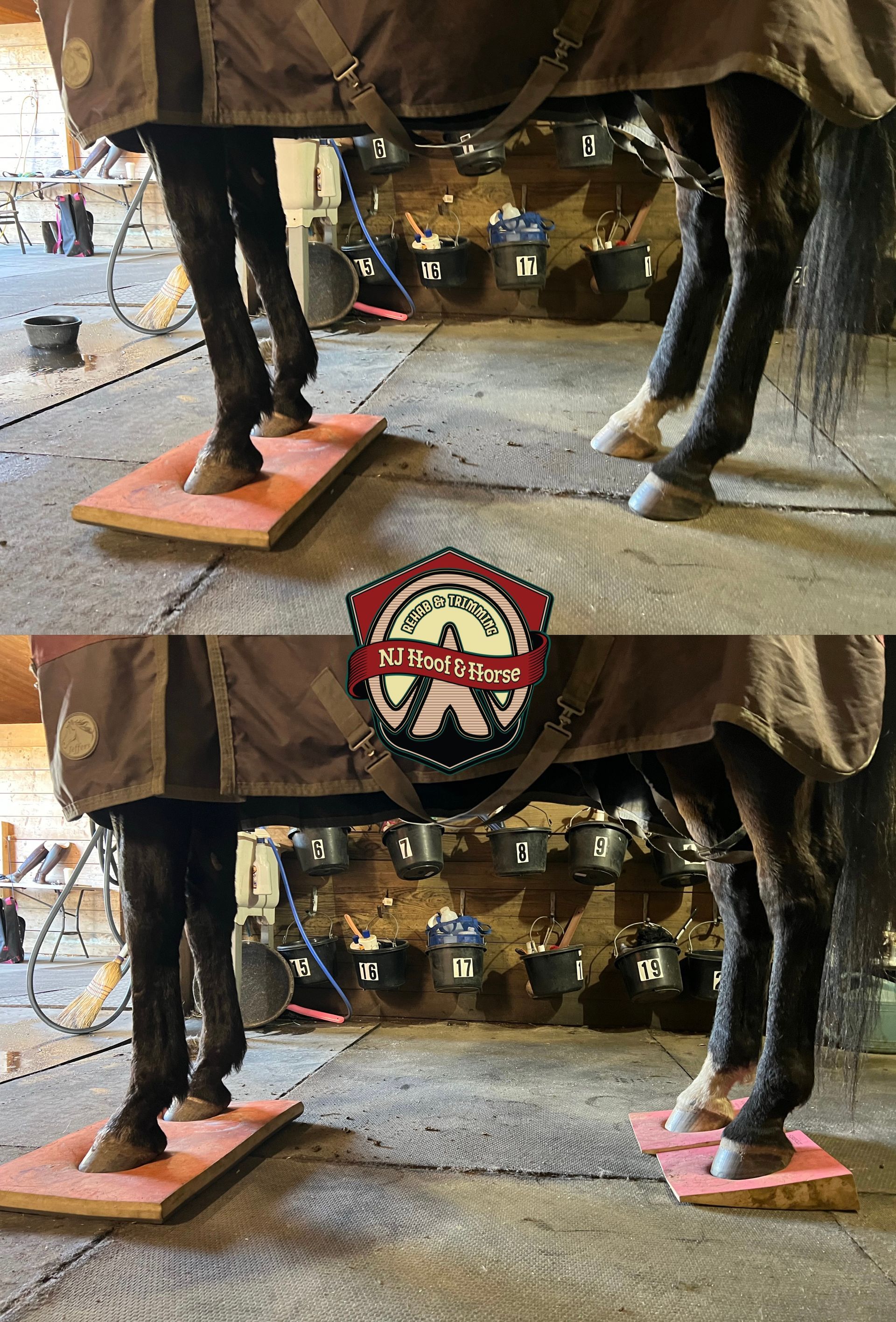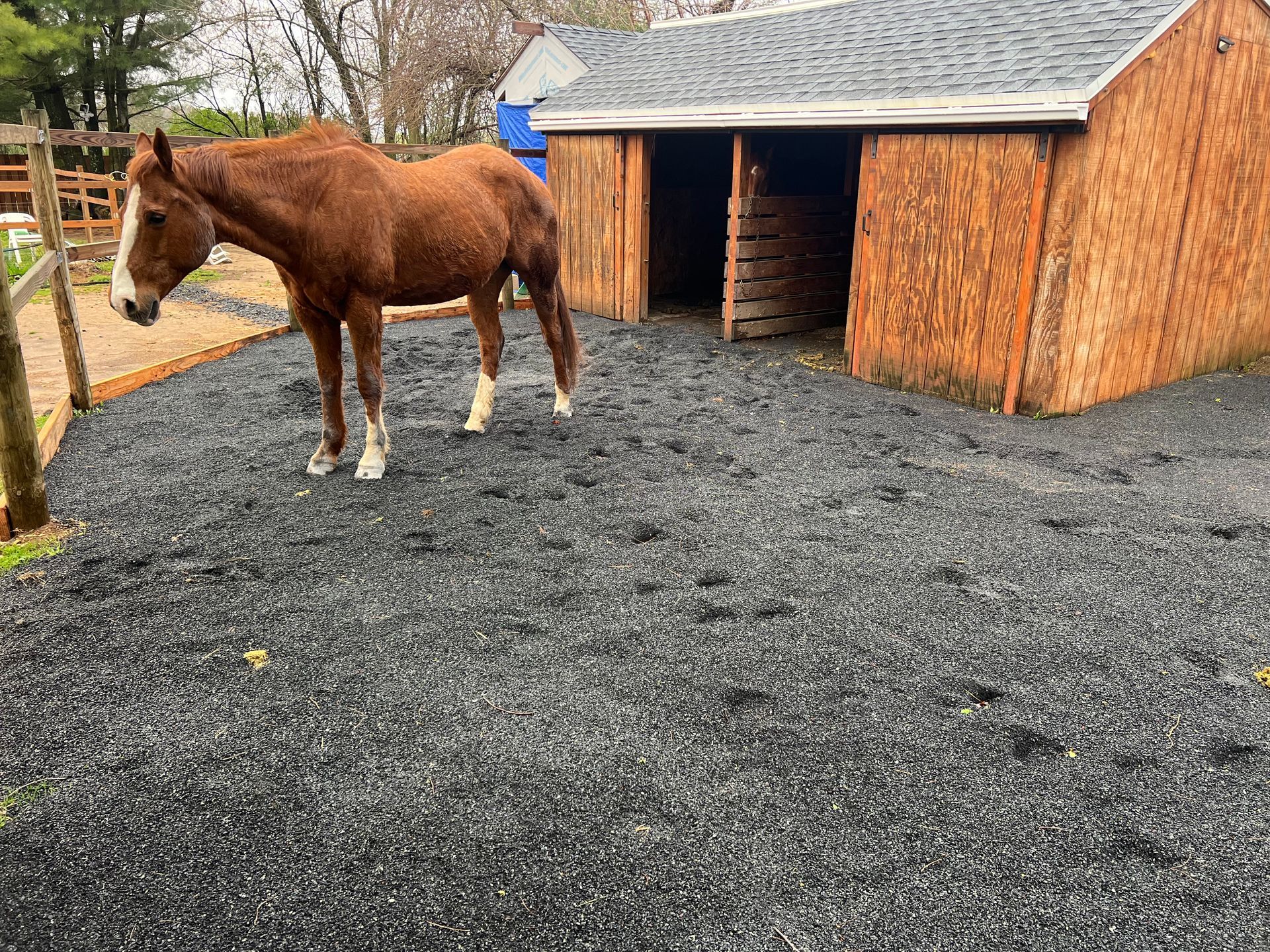The truth about barefoot rehab
One Minute Discussions #46
Discussing Natural Hoof & Horse Care
THE TRUTH ABOUT BAREFOOT REHAB
I want to get this out to as many people as possible, please share🙏🏻
Im always hearing people say that their horse can’t go barefoot. This always makes me think - what exactly did the owner, hoof care provider and vet do to help the horse go barefoot?
Many times this is where the barefoot trimming approach gets misunderstood and from that its’ reputation suffers. A lot of scenarios go like this: The horse is shod and the owner asks the farrier to pull the shoes and try a barefoot trim. The farrier willingly pulls the shoes and trims the foot, after which they let the horse out “barefoot”. Next thing we know the horse is lame in the paddock and the farrier comes out to apply shoes. So does that mean the horse can’t go barefoot?
Unfortunately barefoot rehab doesn’t work that way. When the horse is shod for a long time and you’re removing that shoe, you’re basically making the horse walk on marshmallow feet, underdeveloped structures that are prone to inflammation. Yes, at times the horse will be lame when we pull shoes, why should we be surprised? The feet are unstable! They need help!
So coming back to our initial question: what has the owner, farrier and vet do to help the horse go barefoot? Was the diet corrected to get rid of inflammatory-causing factors? Is the horse in need of extra hoof protection, such as hoof boots or composites? Is the foot trimmed in a way to fit a shoe or trimmed so that the structures get used to natural biomechanics (trimming for barefoot and trimming for shoes is two different things)? Is the vet involved if medications and radiographs are needed?
There’s more to barefoot trimming than just pulling shoes and letting the horse loose in the paddock. With a knowledgeable team of professionals and with an owner that is willing to try the best thing for their animal, it is very likely for a horse to be sound barefoot.💙🐎
Denys A.
www.njhoof.com

